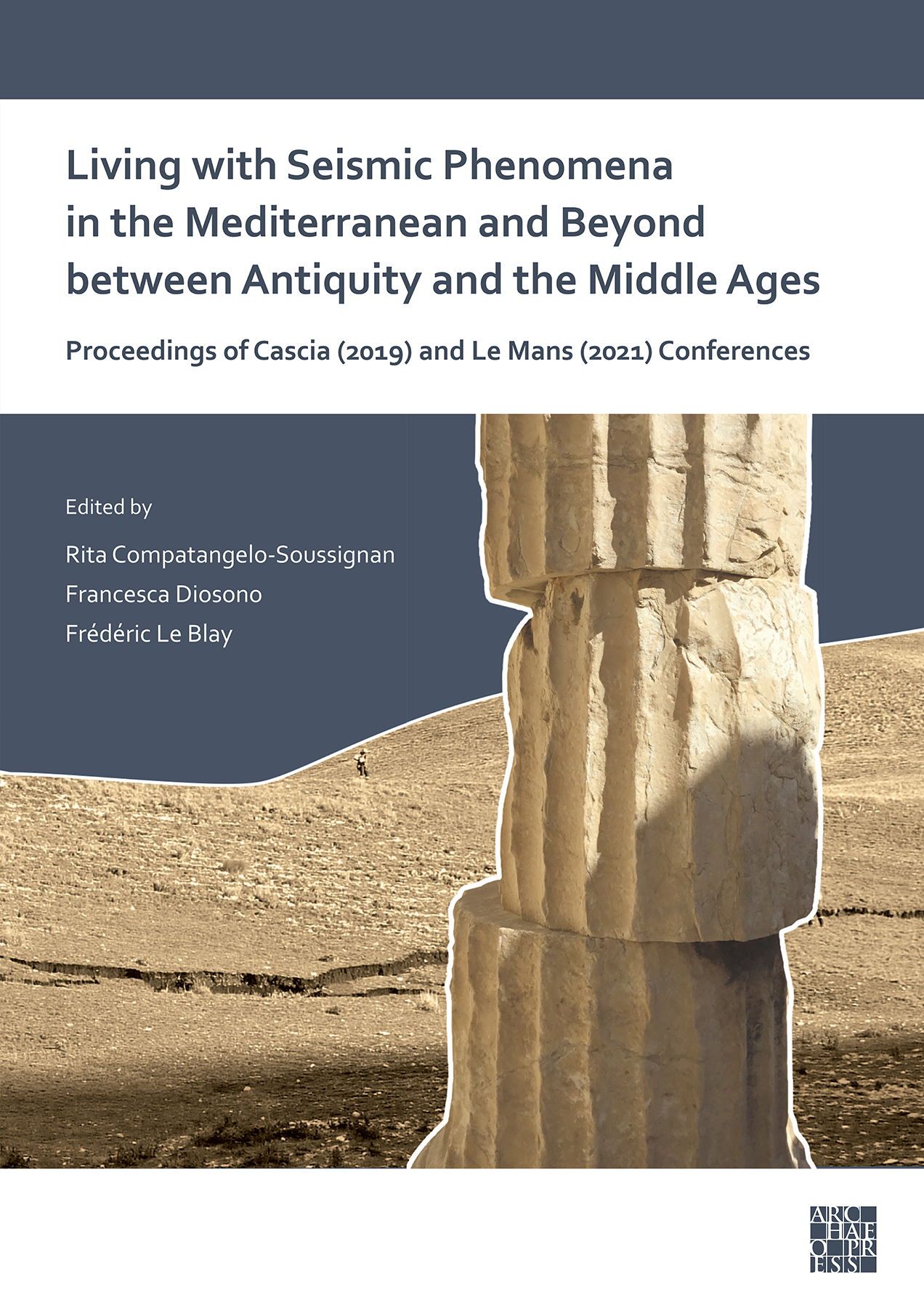
The sources on seismic events in the first and second centuries AD focus on material measures but Borsch finds that previous studies neglect to mark regional differentiation between political centres and the periphery and that the imperial regime of Late Antiquity is rarely included in discussion. In the Constantinople of the fourth and fifth centuries earthquakes could be interpreted as expressions of divine wrath, which could in turn elicit criticism of authorities, but also give emperors excellent opportunities to intervene proactively in the destiny of capital. The interpretative framework was modified so that earthquakes could be viewed not only as divine punishment and proof of God’s omnipotence but also as signs of God’s kindness in sending warnings to his flock. Emperors, such as Arcadius and Severianus, seize these opportunities to display their pietas and to deflect criticism. The spontaneous character of their intercessions allows them to break free of negotiations with, or even inclusion of, clergy and act independently. Subsequent reports of earthquakes at Constantinople often contain references to expiatory measures involving the emperor.
C. C.